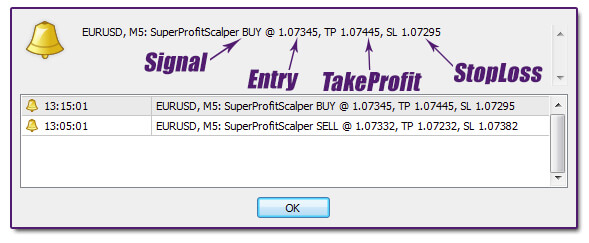Submitted by: Peter Lim ,CFP
A lot of people assume that forex trading will require a huge capital base. As a result, they would instantly decline to entertain any proposal to start trading in forex, preferring to remain with trading stocks and shares which is more affordable. This is simply not true, because in forex trading, you can start off with minimal capital when you utilise a forex mini account.
There are four main advantages of a Forex Mini Account.
1. Low Minimum account size
$300 will allow you to start a forex mini account. This is affordable for most people to start off with in forex trading. When you consider forex trading as a business, there are very few businesses costing only $300 as a startup capital offering lucrative prospects of earnings within a very short time.
2. High leverage
You can get leverage of 200:1 In the mini forex account, there is a small margin deposit required fixed at $50 for per lot traded. This amounts to a stunning leverage of 200 to 1. One of the key factors to accelerate profits is to use trading vehicles of high leverage, and a forex mini account certainly meets or fulfils the definition of high leverage.
3. One pip is equivalent to $1
Trading in pips allows the new forex trader to scale down his risk. With such a low denomination, the trader is able to deal with forex trading with less pressure and more discipline. For example, a 20-pip floating loss is approximately $20, so that if you have a 20-pip sudden move against the direction of your trade on a 100K account, that is translated into a $200 floating loss. In every transaction, by using a Mini account, the trader does not end up with a total loss as he loses only a small amount on every losing transaction. This allows him to follow his trading strategy in a disciplined manner.
4. A smaller trade size
The mini forex account trades in smaller contract sizes of 10,000 units which is 1/10 th the size of the standard account. This smaller trade size allows traders an opportunity to trade live with less overall risk. As a result, a beginner can transit or move into forex mini trading quickly from paper trading. While the standard lot is 10,000 units, the beginner trader can increase trading to more lots or units as he gains experience and confidence, and as his profits increase as a result of disciplined trading.
One hidden benefit of trading the mini forex account is that traders can become familiar with the quality and also the reliability of the forex trading platform or trading station of his broker. This is because the forex mini account utilises the same state-of-the art trading software as that for normal sized forex trading.
Mini accounts are recommended for traders with account balances of less than $10,000, allowing them more trading opportunities without over leveraging their account and hence get more staying power in the market.
We will discuss how you can exploit these features of a forex mini account to your advantage in Part #2 of this article so that it is easier to earn a consistent income trading on low capital and lower risk.
About the Author: Be sure to read Part 2 of this article to discover how you can acquire the powerful trading knowledge from an experienced mentor to trade mini forex and where to secure an online mini forex trading account. Visit my blog http://1forex-trading.blogspot.com to read Part #2 of this exciting article.
Source: www.isnare.com
Permanent Link: https://www.isnare.com/?aid=147160&ca=Finances
